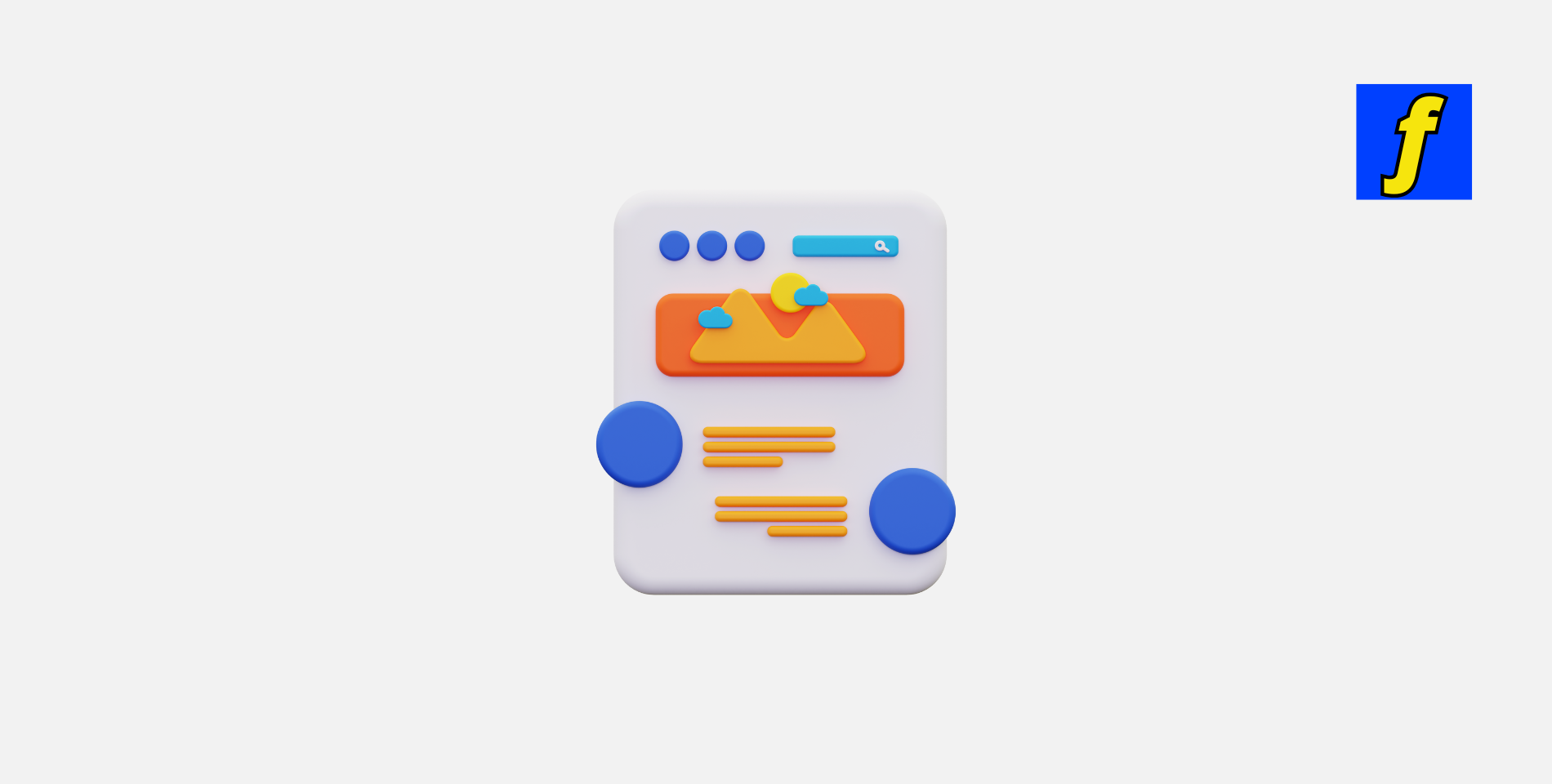In the world of digital marketing, landing pages are powerful tools that help businesses convert visitors into leads, customers, or subscribers. But what exactly is a landing page, and how can it supercharge your online marketing efforts?
This guide will break down everything you need to know about landing pages, their purpose, and how to create high-converting ones for your business.
Understanding the Basics of a Landing Page
A landing page is a standalone web page created specifically for marketing or advertising campaigns.
It’s where a visitor “lands” after clicking on a link in an email, ad, or search engine result. Unlike regular website pages, landing pages are designed with a single focus—known as a call-to-action (CTA)—such as signing up for a newsletter, downloading a free guide, or purchasing a product.
Purpose of a Landing Page
The primary goal of a landing page is conversion. By eliminating distractions like multiple navigation options or unrelated content, landing pages guide visitors to complete a specific action.
Key Elements of a Landing Page
- Headline: Captures attention and communicates the value proposition.
- Supporting Text: Provides additional details to back up the headline.
- Visual Elements: High-quality images, videos, or graphics to engage visitors.
- Call-to-Action (CTA): A button or link that directs users to take the desired action.
- Lead Capture Form: For collecting user information, such as name and email.
Types of Landing Pages
1. Lead Generation Landing Pages
These pages are designed to collect visitor information in exchange for something valuable, such as an eBook, free trial, or webinar access.
Example: A SaaS company offering a free demo in exchange for a user’s email address.
2. Click-Through Landing Pages
Used primarily in e-commerce, click-through landing pages aim to “warm up” visitors by providing product details before directing them to the checkout page.
Example: A product page for a SaaS subscription plan that includes detailed pricing information.
3. Sales Landing Pages
These are longer pages aimed at persuading visitors to make a purchase. They often include testimonials, social proof, and a detailed explanation of the product or service.
Example: A page promoting a special discount for a limited time.
Benefits of Using Landing Pages
Landing pages offer several advantages for businesses looking to optimize their online marketing strategies:
1. Higher Conversion Rates
By focusing on a single CTA, landing pages eliminate distractions, making it easier for visitors to take action.
2. Better Lead Generation
With a well-designed lead capture form, landing pages help businesses collect valuable user data.
3. Enhanced User Experience
Landing pages provide tailored content that aligns with the visitor’s intent, improving the overall user experience.
4. Improved Campaign Performance
Since landing pages are optimized for conversions, they often result in a better return on investment (ROI) for marketing campaigns.
How to Create a High-Converting Landing Page
1. Define Your Goal
Determine the specific action you want visitors to take. Whether it’s signing up for a free trial or downloading a guide, your goal will shape the design and content of the page.
2. Craft a Compelling Headline
Your headline is the first thing visitors see, so make it clear and attention-grabbing. It should immediately communicate the benefit of your offer.
3. Use High-Quality Visuals
Images, videos, and graphics can enhance your message and keep visitors engaged. Use visuals that complement your content and emphasize your value proposition.
4. Write Persuasive Copy
Your copy should address the visitor’s pain points and explain how your product or service provides a solution. Keep it concise, benefit-driven, and easy to read.
5. Include a Strong CTA
Make your call-to-action button stand out with contrasting colors, bold text, and clear instructions. Use action-oriented language like “Get Started Now” or “Download Your Free Guide.”
6. Optimize for Mobile
Ensure your landing page is responsive and looks great on all devices. With the majority of web traffic coming from mobile, this is non-negotiable.
7. A/B Test Your Page
Test different variations of your landing page to determine what works best. Experiment with headlines, CTAs, colors, and layouts to optimize conversions.
Common Mistakes to Avoid
Even the best-designed landing pages can fall short if they make these common mistakes:
- Too Much Information: Overloading the visitor with details can overwhelm them and reduce conversions.
- Weak CTA: A vague or unattractive CTA button can deter users from taking action.
- Slow Loading Times: A slow page can frustrate visitors, causing them to leave before converting.
- Lack of Trust Signals: Include testimonials, reviews, or security badges to build credibility.
Real-Life Examples of Successful Landing Pages
Dropbox
Dropbox’s landing page features a simple headline, a clear CTA, and a minimalist design that highlights the benefits of using their service.
Airbnb
Airbnb uses compelling imagery, a concise headline, and a prominent CTA to encourage users to become hosts.
How Figma Can Help with Landing Page Design
Tools like Figma allow you to design and prototype landing pages efficiently. Figma’s collaboration features enable designers and marketers to work together seamlessly, ensuring that every element of the page aligns with campaign goals.
Final Thoughts on Landing Pages
Landing pages are indispensable for driving conversions and maximizing the impact of your marketing efforts. By understanding their purpose, types, and best practices, you can create pages that resonate with your audience and achieve your business goals.
Looking for a professionally designed SaaS landing page template to kickstart your project?
Get the SaaS Landing Page Template Now




